Indian contemporary artist Nibha Sikander talks about her commitment to paper and its flexibility, as part of her process.
Each work takes me several days to complete and is a complete immersion in the paper, and in the paper-cutting process, which has allowed me to reach this level of technical ability.
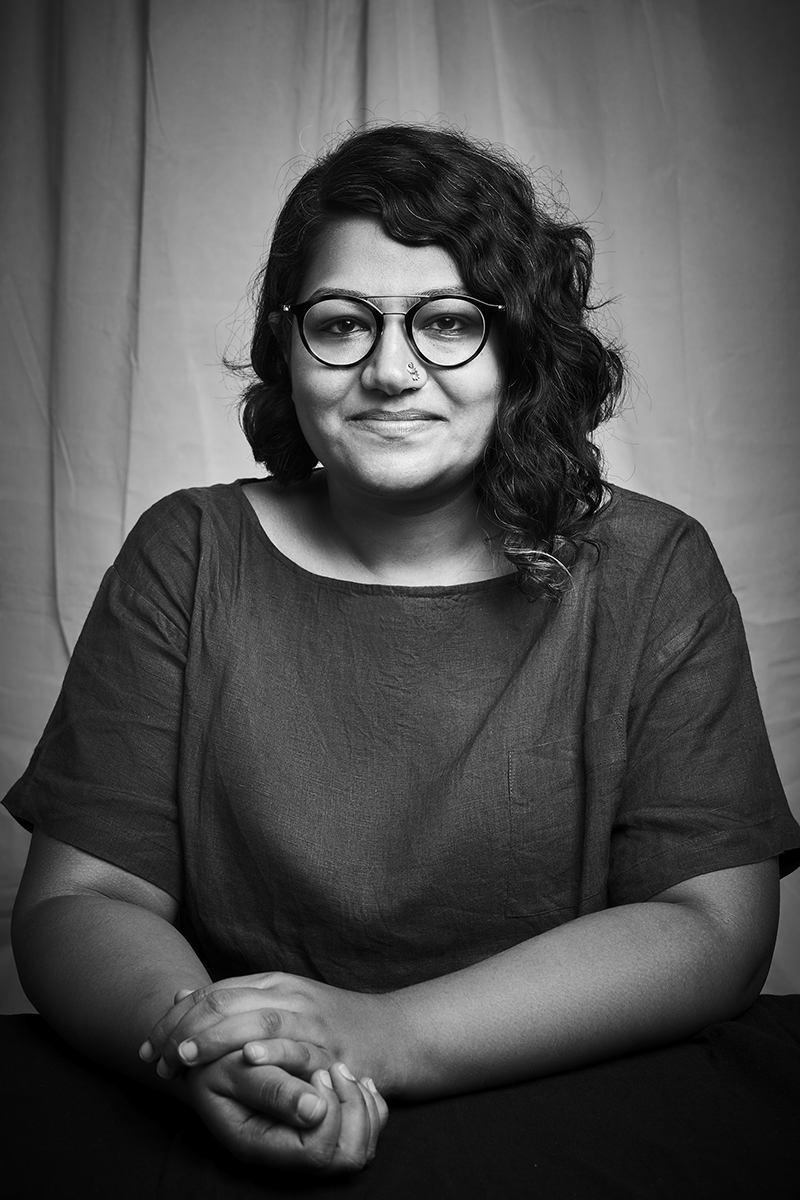
Nibha Sikander. Picture courtesy TARQ.
Take us to the beginning of your story. How did your tryst with art begin?
I started cutting paper over fifteen years ago and when I first started, it literally involved taking a single piece of paper and cutting it into abstract forms. Then, this developed into more stencil-like forms using coloured paper. Almost six or seven years ago, I developed this technique of laying paper from the top and adding thicker paper in-between, to add more body and make it more relief sculpture like.
Tell us about the evolution of your practice over the years? Tell us about your commitment to your current medium.
I find that my work itself speaks to my commitment to paper. Each work takes me several days to complete and is a complete immersion in the paper, and in the paper-cutting process, which has allowed me to reach this level of technical ability. I feel that paper has the ability to be flexible as well as stiff when required, which really does help me in the process of creating my various natural forms.
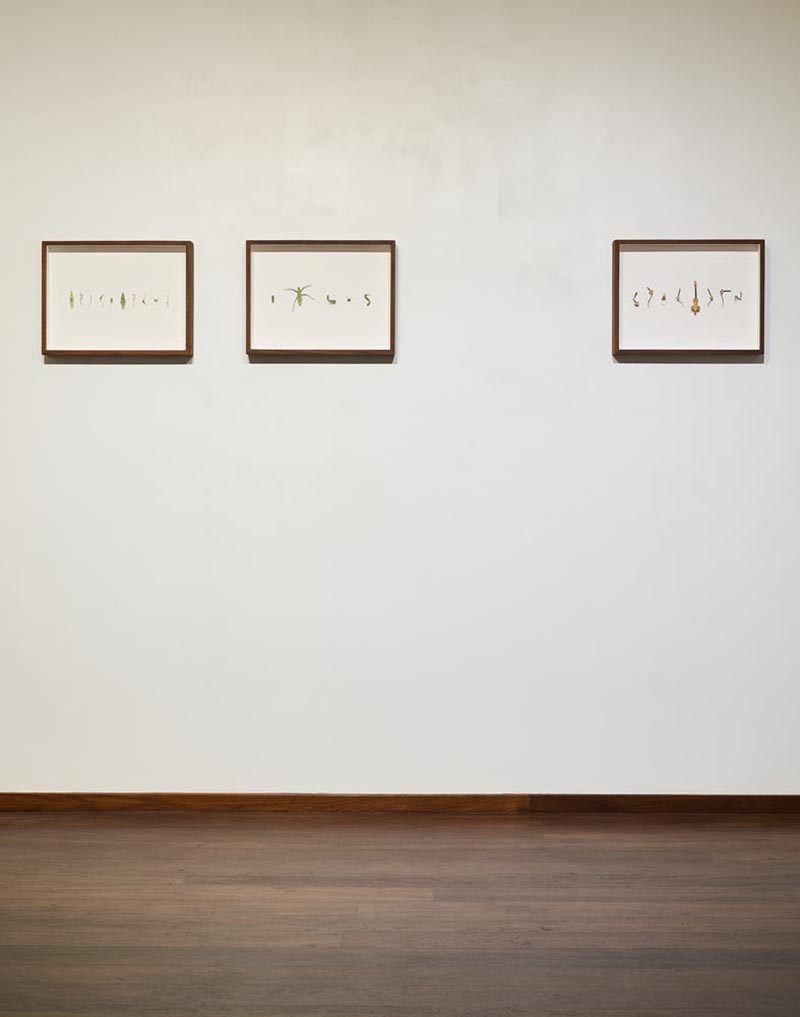
TARQ, Installation Image 6, Ground Floor, 2019. Picture courtesy TARQ.
What were your biggest learnings and hiccups along the way? Which is the most memorable moment?
I guess I would have to highlight the technical side of my work. I do learn and discover new things as I work. As I work, in this case with birds, moths and inscest, I make mistakes. When each work progresses, I am able to correct my mistakes, and sometimes I can add or subtract the paper as I go along. It is this process is that I enjoy the most when I’m working.
A hiccup for me, I would say was when I joined college and I felt like I had to conform to the structure of painting with watercolour or acrylic or oil. I struggled to find a way to incorporate my paper-cutting technique into such a rigidly structured undergraduate degree. Though I did experiment with paper a bit in my fourth year of my bachelors and my master’s as well, upon graduating I gave up other mediums to focus on paper.

TARQ, Installation Image 3, Ground Floor, 2019. Picture courtesy TARQ.
What inspires you? Take us through your process and continuous frameworks of reference.
Talking about my current body of work, one of my most memorable moments is connected to my trip to Kaziranga, with my family, we visited Nameri, a bird sanctuary and I saw the Great Indian Hornbill for the first time, it completely mesmerized me. I had never seen a bird that size, and also when it flew above us the wings were so massive that it felt like the wind was displaced. After that I started to observe and buy books and research more about birds and other species extensively. My family has had property on the Konkan coast of Maharashtra for many years, so I have been visiting these places since I was a child; hence I am most comfortable in nature. About a year ago I moved to our home in Murud- Janjira, where I currently reside. Right behind our place is the Phansad wildlife sanctuary, where a variety of moth and bird species live that inspire my work.
Not to mention, I come from a family of nature lovers and have always been surrounded by books on birds and trees as well as conversations about various species my entire life.
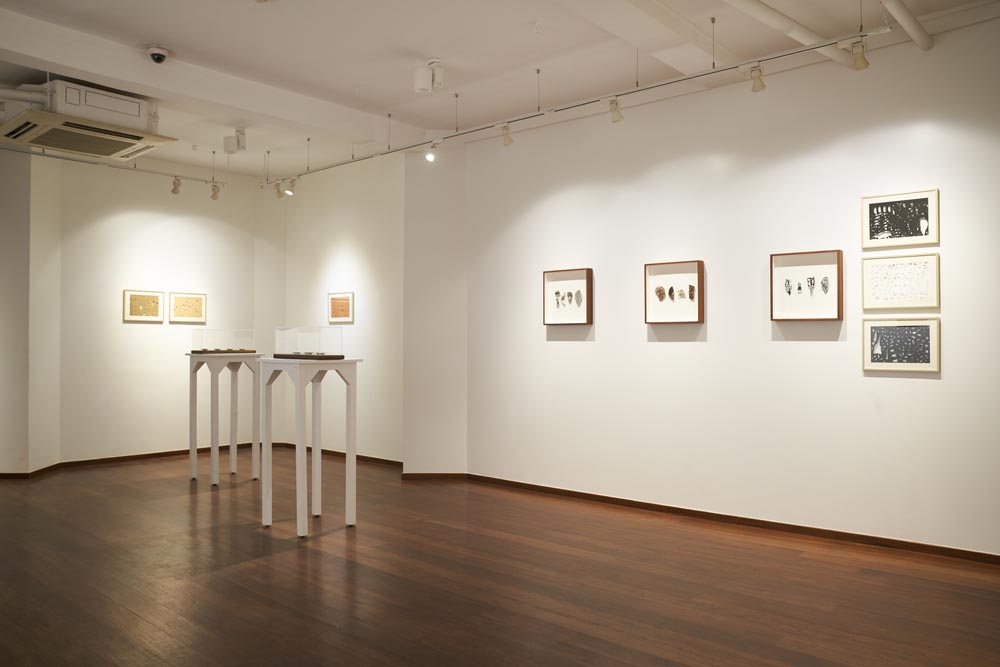
TARQ, Installation Image 1, Ground Floor, 2019. Picture courtesy TARQ.
What is the primary role of an artist? How do you describe yourself in the context of challenging people’s perspectives via your work and art?
My role, especially with this show, is to highlight nature and the species that inspire me. I think people are getting the opportunity to take the most out of the show, the intricacies and variety of each species along with challenging their perceptions of overlooked creatures in nature.
How do you balance art and life?
To be very honest, I will say that my life and art are very much intertwined. As I mentioned before I live in Murud-Janjira, my studio is in my house itself and being surrounded by nature I am dealing with these insects and moths on a daily basis. So I find no real need to separate the two.

Nibha Sikander at Work. Picture courtesy TARQ.
How do you deal with the conceptual difficulty and uncertainty of creating work?
For this particular show, the concept was clear very early on. Once I started with the birds, the moths and insects simply followed. Since I encountered these creatures every day it was much easier for me to observe, photograph and recreate them. Hence, I had the conceptual aspects mapped out for these particular series.
How does your audience interact and react to the work you put out into the world?
People react differently to the materiality and the three-dimensionality of the works. The images online make the works appear to be flat, however upon seeing them right before your eyes, you are able to uncover the layers and appreciate its life-like appearance.

House Sparrow. Picture courtesy TARQ.
What are you looking for when you look at other artists’ work? Which shows, performances and experiences have shaped your own creative process? Who are your maestros? Whose journey would you want to read about?
I would definitely have to say my mother, who is an artist herself, has been a huge influence in my journey with art. More importantly, crafts have had a major impact on me, like the Andhra leather puppets, Sanjhi rangoli stencils, Mexican, Chinese and Polish paper cuts. My maestros are varied from Goya, Paul Cezanne, Pablo Picasso, and Henri Matisse especially towards the end when he started experimenting with paper cut outs like the Blue nudes series. Benode Behari Mukerjee and his paper cuts out that he started when he was losing his sight. Bhupen Khakkar, Andy Warhol, M.C Ecsher and his sense of perspective among many others have been a great influence.
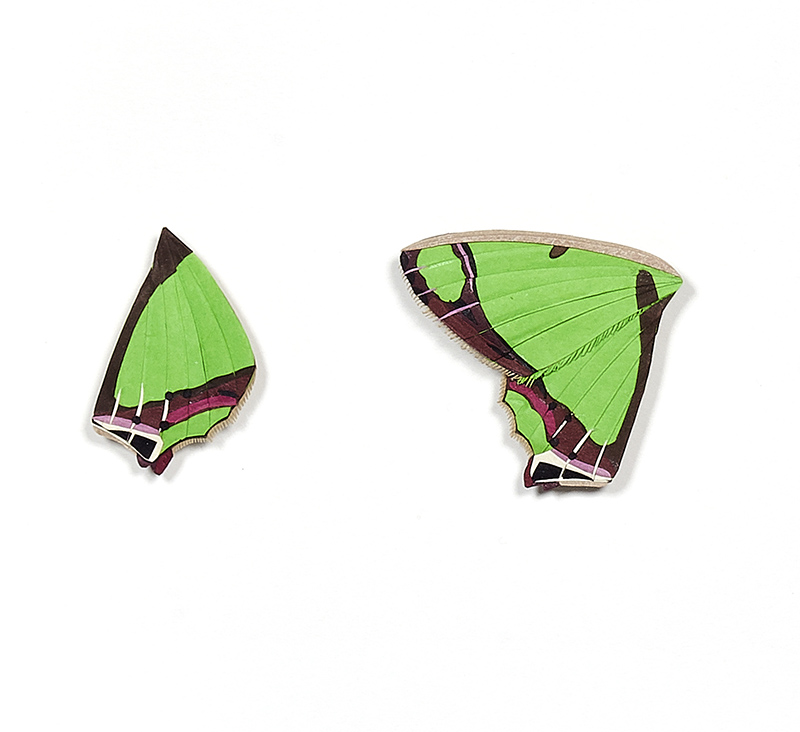
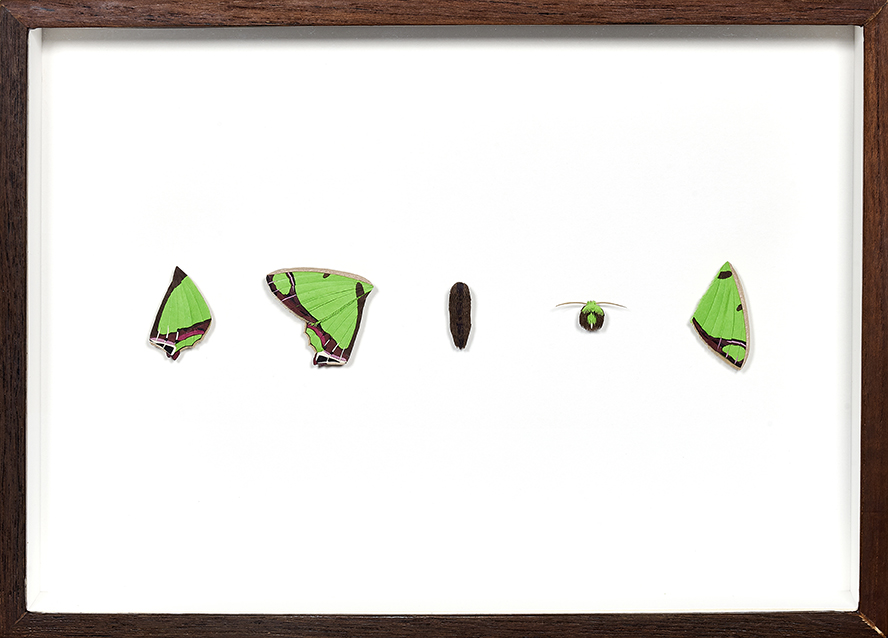
Crimson Spotted Emerald. Detail above. Picture courtesy TARQ.
How does your interaction with a curator, gallery or client evolve from the (brief) initial interface, to the working-involvement-relationship? How do you feel about commissions?
Often for me, commissions become a vibrant space and opportunity to experiment with the medium. For example, when I worked with the Arvind Indigo Museum where I was made to work with paper of a particular thickness and dyed different shades of Indigo. Interestingly here, I was working with shades of one particular colour palette as opposed to multiple colours which is what I am used to. So I do feel that commissions tend to challenge my notions and usual ways of working.
What are you working on now? What’s coming next season?
I want to pick up from one work in this exhibition, named, The Abstract Kingfisher, where I have played around with using different cutout forms, creating a completely new abstract form of the kingfisher. I am definitely not done working with the full form of birds, moths and insects but I want to try and push my work more into the abstract so let’s see what happens.
Before you go – you might like to browse our Artist Interviews. Interviews of artists and outliers on how to be an artist. Contemporary artists on the source of their creative inspiration.c








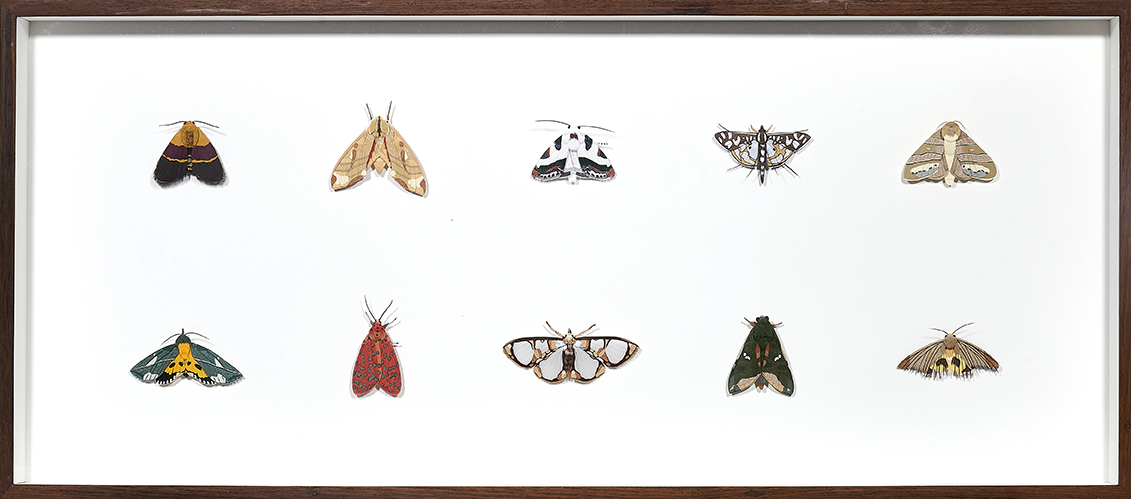



Add Comment